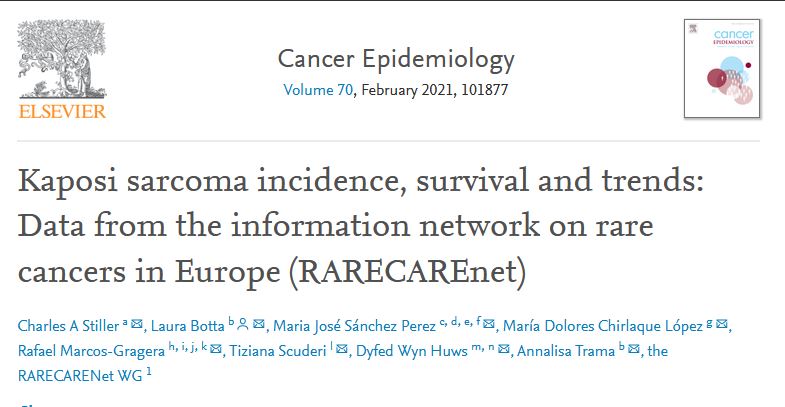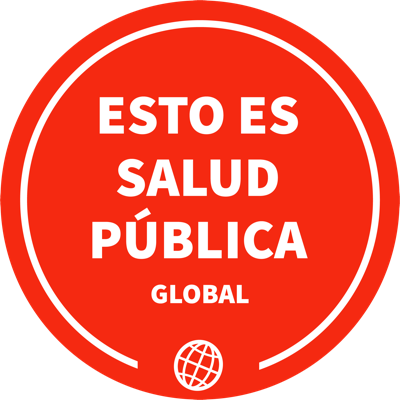
Background
This study provides updated information on Kaposi sarcoma (KS) in Europe during 1995–2007 from the RARECARENet project.
Methods
Data comes from 59 population-based cancer registries in 22 countries. KS was defined as ICD-O-3 morphology code 9140 combined with any topography code. Crude and age-adjusted incidence rates and relative survival for years of diagnosis 2000–2007 and with trends during 1995–2007 were calculated overall, by age and by country.
Results
The crude annual incidence rate was 0.28 per 100,000 and age-adjusted incidence was 0.23 per 100,000; incidence increased with age, from 0.18/100,000 at age 0–44 to 0.25/100,000 at age 45–64 and 0.69/100,000 at age 65 and over. Age-adjusted incidence in males was more than four times that in females. Portugal, which had the highest incidence of AIDS in Europe, had by far the highest incidence of KS at age 0–44, 1.44/100,000, more than four times the rate in any other country. Incidence among males in Europe aged 0–44 fell significantly between 1995–1998 and 1999–2002, followed by a significant increase in 2003–2007. Younger patients, with predominantly AIDS-related KS, formerly had a worse prognosis, but since 1999–2001 5-year relative survival increased for patients aged under 65, and by 2005–2007 was 83–86 % for all three age groups 0–44, 45–64, and 65 and over.
Conclusion
Survival and quality of life for the increasing number of people in Europe affected by KS should improve further following the development of evidence-based guidelines for its management. Population-based cancer registries will continue to play a vital role in monitoring the burden of KS and improvements in its outcome.


